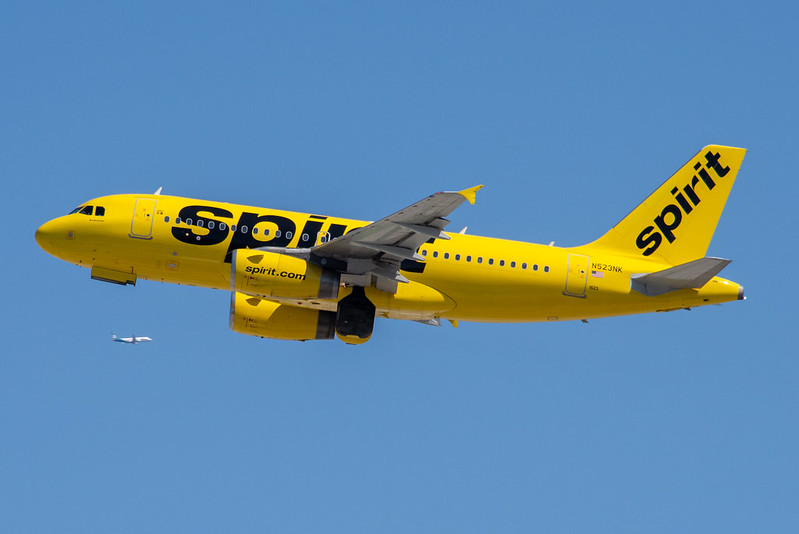Spirit Airlines filed for bankruptcy for the second time this year, signaling its ongoing financial difficulties despite the company’s various attempts to stabilize its financial struggles.
The company cited rising fuel costs, labor disputes and competition from various budget-friendly airline travel options.
“It has become clear that there is much more work to be done and many more tools are available to best position Spirit for the future,” Spirit CEO Dave Davis said in a press release.
Spirit plans to experiment with new cost-cutting methods that could implement better controls compared to its first bankruptcy case.
These controls entail reducing the airline’s complete route network, detouring underperforming flights, focusing on routes that are profitable and changing how the company examines route efficiency. Spirit has also recommended that management consider selling off certain aircrafts and real estate.
Its relatively young assets have made the airline an attractive target for similar companies within the industry, such as JetBlue, which abandoned plans to merge with Spirit in 2024 following a block by a federal judge. Spirit currently operates 5,013 flights to 88 destinations across the U.S., Mexico, Central America, Panama, Colombia and the Caribbean.
The company continues to provide strong support to its main flight routes, but analysts remain skeptical about whether any of these cost-cutting measures are enough to help sustain the company’s long-term survival.
Employees are left with uncertainty in light of Spirit’s bankruptcy as it points to another wave of potential layoffs, furloughs and changes in work schedules.
Unions representing Spirit workers have expressed concerns about the fate of employees and stressed the importance of negotiating with management to protect current staff.
“We are being direct because even as we have many ways to fight because of our union, we also want to get you the truth about the situation at our airline and how each of us can take actions to protect and prepare ourselves for any challenge,” the Association of Flight Attendants said in a letter to its members.
Some industry observers note how other low-cost airline competitors are facing similar issues, specifically the situation of balancing low-priced airline tickets with rising costs of supplies and operational expenses.
Competitors such as Frontier and Allegiant have taken a different approach in dealing with the cost-efficiency challenge, most turning to restructured flight loyalty programs and practical hiring practices to remain competitive.
Frequent flyers, particularly students who depend on cheaper airfare for affordable trips, have conflicted feelings.
Some have said they are worried about the reliability of future flights, but indicated they would continue to fly Spirit, provided the prices stay fair.
The company plans to continue operating as usual throughout its restructuring, meaning flights will remain available for passengers to book trips and use their tickets, credits and loyalty points.








